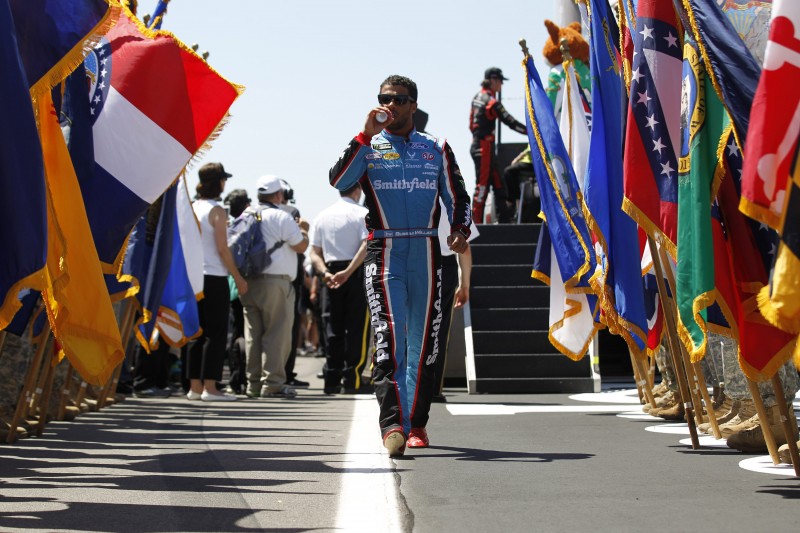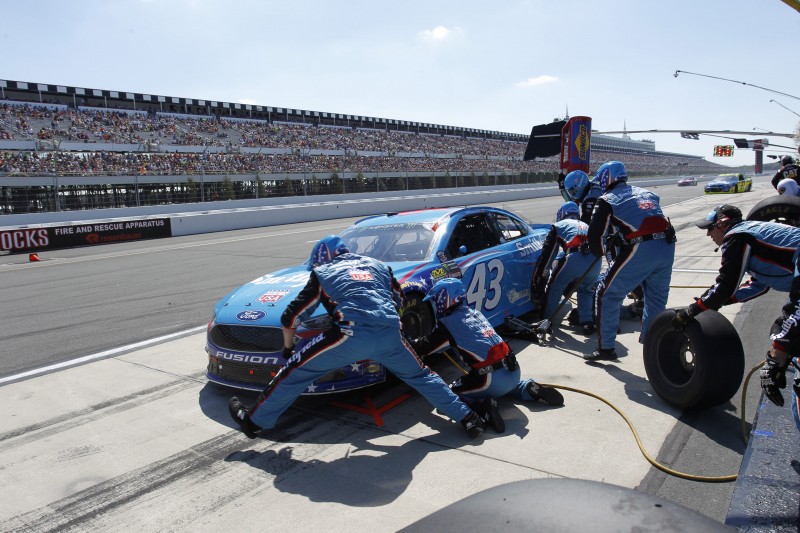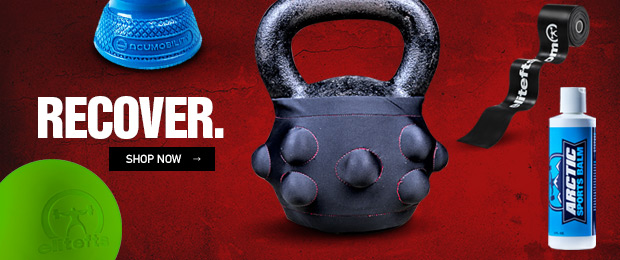
In my last article, I wrote about how our bodies need restoration and recovery. I went further to say how important it is we do not beat ourselves up when backing off lifting to do this. I have been thinking about that article since I wrote it and want to expand on it. We need to understand we need rest to recover, but we also need to push ourselves in order to grow. I think seeing the body as a machine can help us navigate between the two.
Let’s face it: We are not going to get strong as hell without working hard as hell. No one ever got to the top of any strength sport without tons of hard heavy work. At the same time, recovery from this work is crucial. Finding that balance between them is one of the most difficult parts of training, and I believe it is the ghost in the machine that makes it so difficult.
Let’s say we have a high-performance Indy car or NASCAR. It is not about the fastest lap time, so we can’t go balls out on each lap ignoring the race. Even the best race cars break and wear parts out. When one of those things breaks, it, in turn, puts added pressure on other parts, which are then at risk of breaking. Tire wear is a big thing in races because driving them too hard wears them faster. This, in turn, means more frequent pit stops, more time with risky traction, and/or having to slow down. Even though these cars are the current pinnacles of automobile performance, they still can and will break down. They have optimal performance windows. It is the driver and crew chief that have to figure these windows out. How hard they can push the car and when? The goal is to push the car for as much as possible without going past the performance window. Just like strength athletes, they have a limit to how hard and how often they can be pushed.

actionsports © 123rf.com
Drivers and their team have many advantages over a strength athlete when it comes to judging optimal performance. Nowadays, race cars have all kind of sensors throughout the cars to judge just about everything: temperatures of oil and transmission fluids along with tons of data as to best temperatures to keep optimal performance; more sensors than I even know throughout the engine to monitor performance levels —everything from air coming in to exact fuel mixtures to complete exhaust readouts. They can even regulate the temperature of the driver to keep his performance optimal.
This still leaves the driver with plenty of things to regulate by his own expertise and experience. A lot of the suspension is set up based on his thoughts. Tire wear is also based a lot on what he relays back to his team. If the car is loose in a turn, it may be suspension or tires.
It is a collaboration of the driver, team, and all the data they have collected over years of racing. This all equates to a lot of perspectives from inside and outside the actual machine. Still, one of the biggest advantages to the race team has is that there is no ghost in the machine.
Our body is the machine, our mind is the driver, and our coach or team is the pit crew. Just like a race car, our body can only take so much and parts wear out. Sure, the right driver and team will be able to get more out of it, but every machine has its limits. It has limits of what it is capable of doing as well as how long it can hold up. In order to get more out of the car, they can change parts or even combinations of parts. They can give the car different setups with tires and suspensions.
In the human body, we are not able to change out our parts, but we can build our parts to be stronger. We can find the best setups for the machine we have through our technique and training. In the body, if a part is worn, we must heal that part up as best we can. The better connection that a driver has to his or her machine the better they can communicate with the crew what is going on. This is no different with strength athletes. The more they understand and feel in their bodies, the better they can relay that information to their coach or team. What it takes to make a great race team is so similar to what it takes to have a great strength athlete.
RELATED: 10 Things You Can Start Doing to Extend Your Lifting Career
The biggest difference between the race car and the human body is that ghost in the machine. A race car has no mind, no thought, and most importantly, no ego. There is, of course, the ego of the driver, but there is still enough disconnect between machine and man. The ghost in the machine is one of the absolute biggest reasons I have seen strength athletes with great potential fail to meet that potential.

actionsports © 123rf.com
We are told as little children we can be whatever we want to be. We are bombarded by famous people telling us we can do and achieve whatever we want. We are told we just need to work harder and to outwork the other guy to beat him. Even I have said, “Heart and will trump everything!” We tell ourselves we just need to believe and we can achieve.
Now, I am not saying all this stuff is wrong, I am just saying there is a lot more to it. A big part of that is reality. I can sit on my fat ass for years and tell myself I can squat 1,000 pounds. I can even truly believe I can squat 1,000 pounds, but if I have not trained, then a 1,000-pound squat is going to drill my ass into the floor and snap my spine like a toothpick. I think when it comes to training, there needs to be some disconnect from our bodies so we can see it as the machine it is.
As athletes, we need to become the best drivers we can. Yes, we need to believe in and have faith in our machine, but that has to come from training and hard work. At the same time, we need honest outside perspectives in order to really see how our machine is performing. We need to shut the ghost down and kick his ass out of the machine. Too often we let our egos be involved in making training decisions.
I am an expert at this, but I pride myself on every small improvement I am making because I realize how difficult it actually is. Say, for example, we are squatting, and it is just an off day, but we tell ourselves we need to nut up, focus, toughen up, stay positive, and get the job done. Yeah, maybe sometimes this is true, but most of the time it is not, and even if we do get a good training session in, we end up suffering in the long run.
If a race team is having a shitty practice, do they tell themselves similar things about the car? Hell no! They would pull back into the garage, and they would start going over everything. They would start analyzing the information they have to logically see what is going on. If the car is running badly, they tune it. If it turns out a part is worn or tires are bad, they would replace them. If by some chance the part is not available, they will wait for a new one as to not damage other parts in the car. There is no emotion in their decisions.
Now, when the car is running great and things are working well, they may take it out and run it to the edge. They must do this to see what the car is capable of and see how their setup is working and see what the car and driver can really do when they need it. It is all about when to do this and when to take it easy.
READ MORE: The Lost Art of Training Hard
We have all seen and probably know the lifters that go in and just hammer it every single session. They pride themselves on how much they can take, but if their training isn’t equal to their recovery, then they will not meet their potential. On the flip side, we all see plenty of lifters that seem to never push themselves and always have an excuse to back off. These people will never come even close to their potential.
Too much ego or not enough ego? The best route is to take out the ego, at least in training, and instead, put as much into actually learning and thinking as we do lifting. Train based on logic, reason, and intelligence. Understand we need it all in different amounts at different times. Don’t be afraid to turn the intensity knob to full blast when it is needed and don’t be afraid to turn it down to a whisper when it’s needed. Don’t beat yourself up when you back off and don’t feed yourself a bunch of bullshit when you tear it up. Do the right thing and be happy you did, whether it was backing off or pounding the big weights. It is not what you did that is so important, but that you did the best thing to help you meet your goal.
The body is a machine, and you are its driver. Free yourself of the ghost.











Thank you. Always nice to hear people are able to take something away from my writings. It is all about helping others through our own experiences.